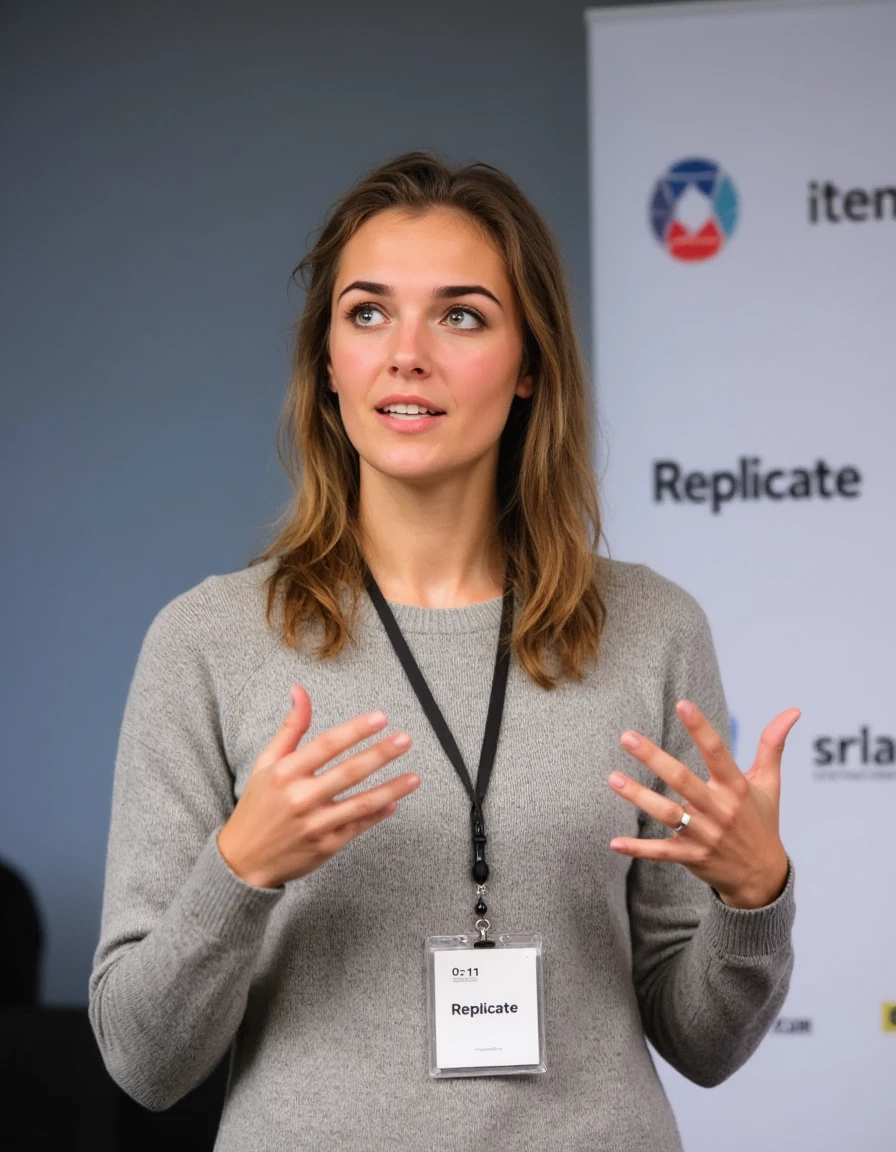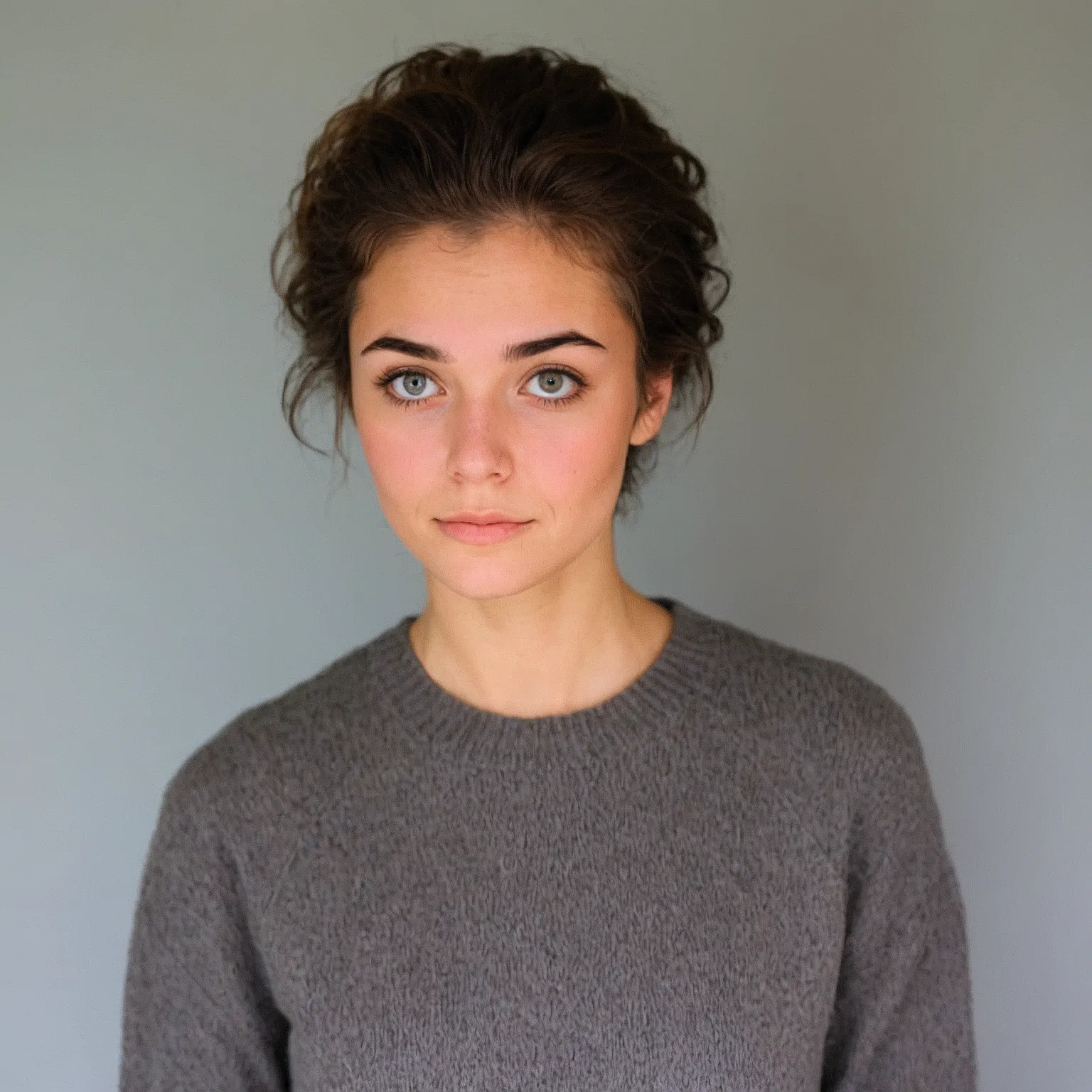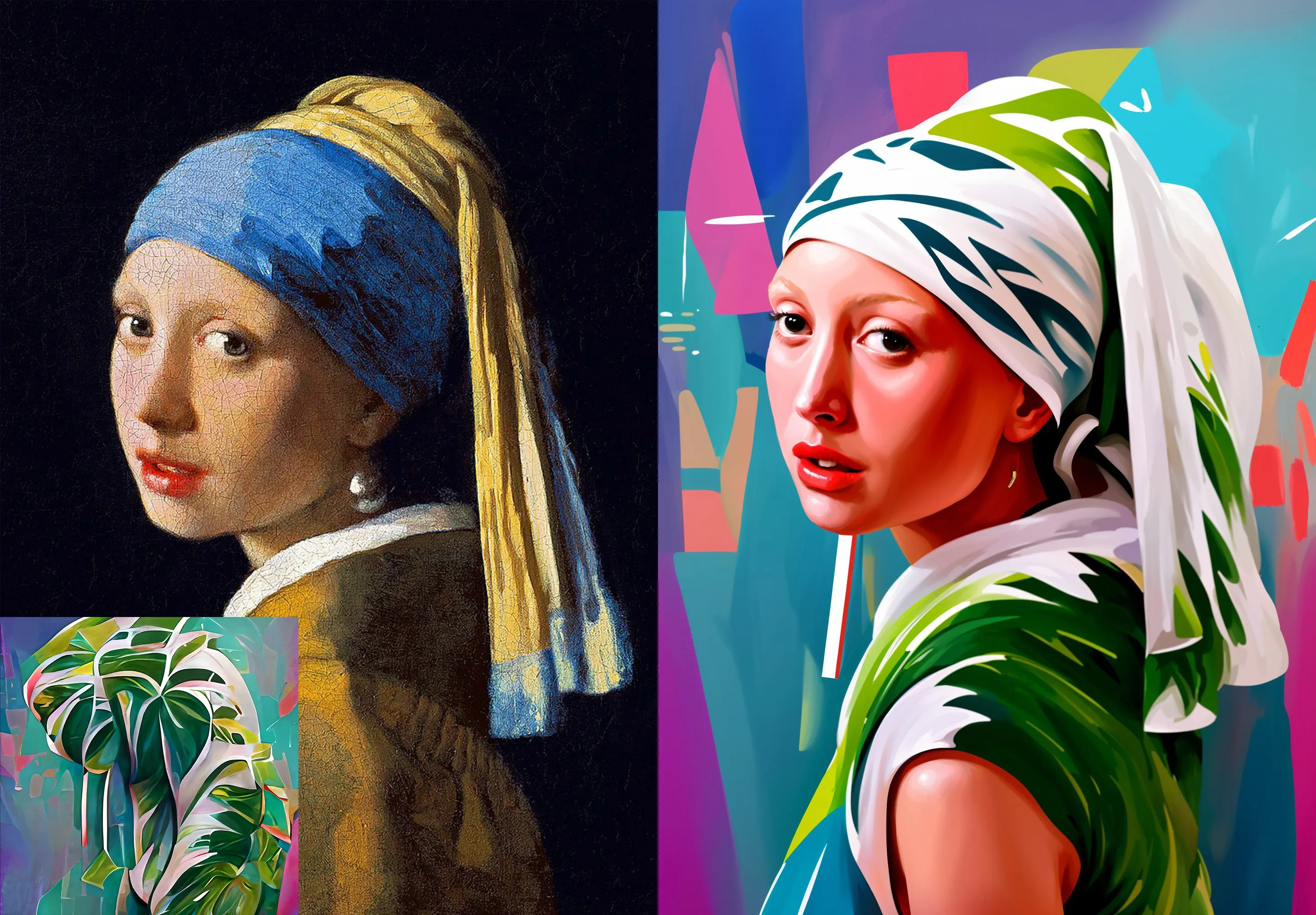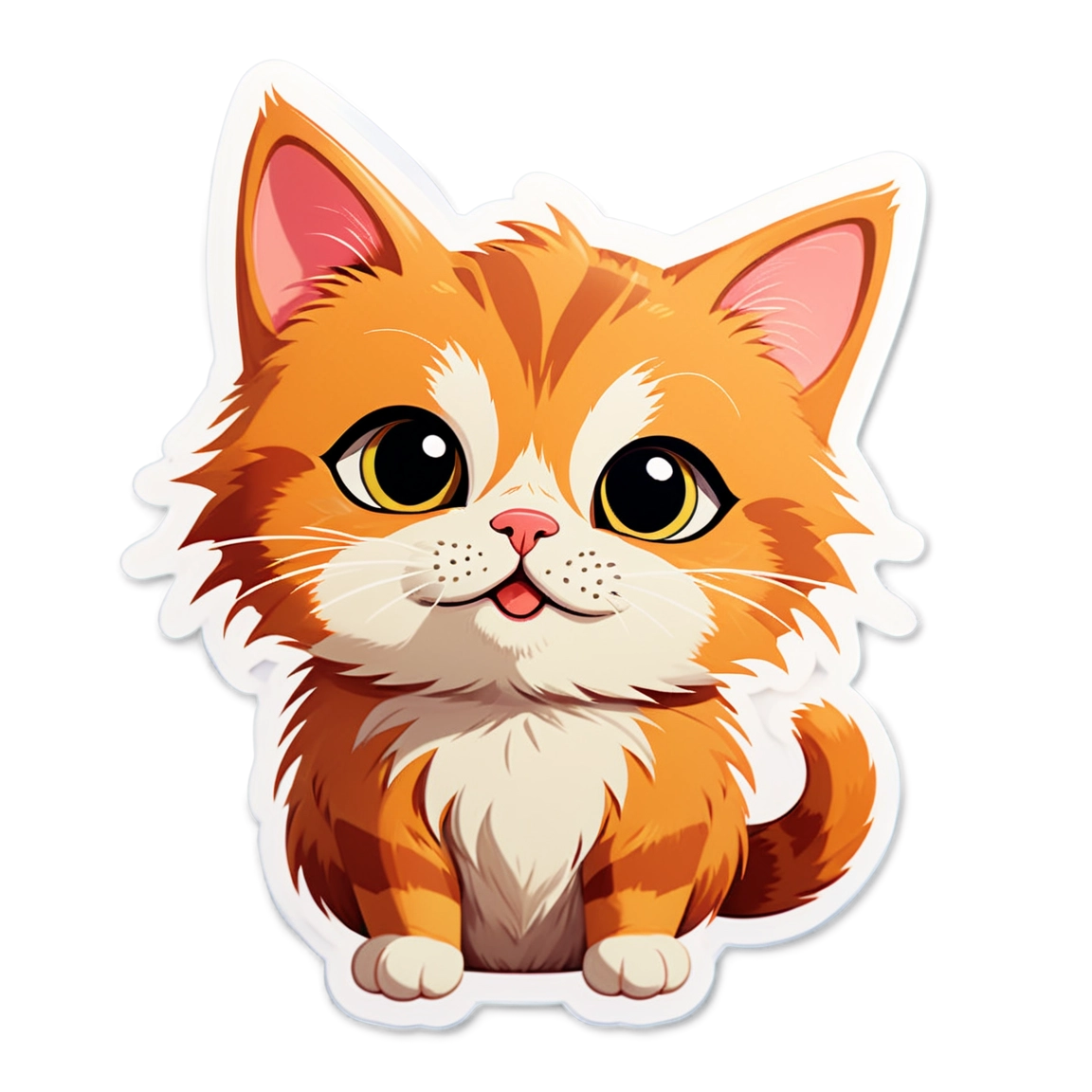0_1-webp
Maintainer: fofr

1

| Property | Value |
|---|---|
| Run this model | Run on Replicate |
| API spec | View on Replicate |
| Github link | No Github link provided |
| Paper link | No paper link provided |
Create account to get full access
Model overview
The 0_1-webp AI model, created by fofr, is designed to generate images of a specific AI character named 0_1.webp. This model can be useful for creating unique illustrations, character designs, and graphics featuring this distinctive AI-generated character. When compared to similar models like sdxl-lightning-4step, pulid-base, become-image, sticker-maker, and consistent-character, the 0_1-webp model offers a unique approach to character generation that can be a valuable addition to a designer's toolset.
Model inputs and outputs
The 0_1-webp model takes in a variety of inputs, including a prompt, image, mask, seed, and various configuration options to control the output. These inputs allow users to fine-tune the generated images and experiment with different styles and variations of the 0_1.webp character.
Inputs
- Prompt: The prompt used to generate the image
- Image: An input image for img2img or inpainting mode
- Mask: An input mask for inpainting mode
- Seed: A random seed for reproducible generation
- Model: The specific model to use for inference
- Width and Height: The dimensions of the generated image
- Aspect Ratio: The aspect ratio of the generated image
- Num Outputs: The number of images to output
- Guidance Scale: The guidance scale for the diffusion process
- Prompt Strength: The strength of the prompt when using img2img or inpainting
- Num Inference Steps: The number of inference steps to perform
Outputs
- Image(s): The generated image(s) of the 0_1.webp character
Capabilities
The 0_1-webp model can be used to create unique and visually striking images of the 0_1.webp character. By adjusting the various input parameters, users can experiment with different styles, compositions, and variations of the character. The model's capabilities can be particularly useful for designers, illustrators, and artists looking to incorporate this distinctive AI-generated character into their work.
What can I use it for?
The 0_1-webp model can be used for a variety of applications, such as creating custom illustrations, character designs, and graphics. These could be used in various projects, such as web designs, social media content, product packaging, or even as the basis for future creative works. The model's versatility and the unique nature of the 0_1.webp character can make it a valuable tool for designers and artists looking to add a touch of AI-generated flair to their creations.
Things to try
When working with the 0_1-webp model, you can experiment with different prompts, input images, and configuration settings to explore the full range of the model's capabilities. Try generating the 0_1.webp character in various poses, settings, and styles to see how the model responds. You can also combine the 0_1-webp model with other AI tools, such as those offered by fofr, to create even more complex and compelling visuals.
This summary was produced with help from an AI and may contain inaccuracies - check out the links to read the original source documents!
Related Models

consistent-character

760
The consistent-character model, created by fofr, allows you to generate images of a given character in different poses. This model is similar to other character generation models like become-image, sdxl-simpsons-characters, pulid-base, and face-to-many. However, the consistent-character model focuses specifically on generating consistent images of a character in different poses, rather than transforming or generating characters in different styles. Model inputs and outputs The consistent-character model takes in a prompt, a subject image, and various other parameters to control the output. The outputs are a set of images of the character in different poses, generated based on the input. Inputs Prompt**: A textual description of the character, including details about their clothes and hairstyle, to help maintain consistency. Subject**: An image of the person to be used as the basis for the character. Negative prompt**: Things you do not want to see in the generated images. Number of outputs**: The number of images to generate. Number of images per pose**: The number of images to generate for each pose. Randomise poses**: Whether to randomize the poses used. Output format and quality**: The format and quality of the output images. Outputs A set of images of the character in different poses, generated based on the input. Capabilities The consistent-character model can generate high-quality images of a character in different poses, maintaining a consistent appearance and style. This can be useful for creating character designs, illustrations, or even animation assets. What can I use it for? The consistent-character model can be used for a variety of applications, such as: Creating character designs and illustrations for games, animations, or other media. Generating character assets for use in 3D modeling or animation software. Experimenting with different poses and compositions for a character. Exploring character design ideas and iterating on them quickly. Things to try One interesting thing to try with the consistent-character model is to experiment with the prompt and subject image to see how the generated poses and character details change. You could also try adjusting the other input parameters, such as the number of outputs or the randomization of poses, to see how it affects the generated images.
Updated Invalid Date

become-image

329
The become-image model, created by maintainer fofr, is an AI-powered tool that allows you to adapt any picture of a face into another image. This model is similar to other face transformation models like face-to-many, which can turn a face into various styles like 3D, emoji, or pixel art, as well as gfpgan, a practical face restoration algorithm for old photos or AI-generated faces. Model inputs and outputs The become-image model takes in several inputs, including an image of a person, a prompt describing the desired output, a negative prompt to exclude certain elements, and various parameters to control the strength and style of the transformation. The model then generates one or more images that depict the person in the desired style. Inputs Image**: An image of a person to be converted Prompt**: A description of the desired output image Negative Prompt**: Things you do not want in the image Number of Images**: The number of images to generate Denoising Strength**: How much of the original image to keep Instant ID Strength**: The strength of the InstantID Image to Become Noise**: The amount of noise to add to the style image Control Depth Strength**: The strength of the depth controlnet Disable Safety Checker**: Whether to disable the safety checker for generated images Outputs An array of generated images in the desired style Capabilities The become-image model can adapt any picture of a face into a wide variety of styles, from realistic to fantastical. This can be useful for creative projects, generating unique profile pictures, or even producing concept art for games or films. What can I use it for? With the become-image model, you can transform portraits into various artistic styles, such as anime, cartoon, or even psychedelic interpretations. This could be used to create unique profile pictures, avatars, or even illustrations for a variety of applications, from social media to marketing materials. Additionally, the model could be used to explore different creative directions for character design in games, movies, or other media. Things to try One interesting aspect of the become-image model is the ability to experiment with the various input parameters, such as the prompt, negative prompt, and denoising strength. By adjusting these settings, you can create a wide range of unique and unexpected results, from subtle refinements to the original image to completely surreal and fantastical transformations. Additionally, you can try combining the become-image model with other AI tools, such as those for text-to-image generation or image editing, to further explore the creative possibilities.
Updated Invalid Date

sticker-maker

503
The sticker-maker model is a powerful AI tool that enables users to generate high-quality graphics with transparent backgrounds, making it an ideal solution for creating custom stickers. Compared to similar models like AbsoluteReality V1.8.1, Reliberate v3, and any-comfyui-workflow, the sticker-maker model offers a streamlined and user-friendly interface, allowing users to quickly and easily create unique sticker designs. Model inputs and outputs The sticker-maker model takes a variety of inputs, including a seed for reproducibility, the number of steps to use, the desired width and height of the output images, a prompt to guide the generation, a negative prompt to exclude certain elements, the output format, and the desired quality of the output images. The model then generates one or more images with transparent backgrounds, which can be used to create custom stickers. Inputs Seed**: Fix the random seed for reproducibility Steps**: The number of steps to use in the generation process Width**: The desired width of the output images Height**: The desired height of the output images Prompt**: The text prompt used to guide the generation Negative Prompt**: Specify elements to exclude from the generated images Output Format**: The format of the output images (e.g., WEBP) Output Quality**: The quality of the output images, from 0 to 100 (100 is best) Number of Images**: The number of images to generate Outputs Array of image URLs**: The generated images with transparent backgrounds, which can be used to create custom stickers Capabilities The sticker-maker model is capable of generating a wide variety of sticker designs, ranging from cute and whimsical to more abstract and artistic. By adjusting the input prompts and settings, users can create stickers that fit their specific needs and preferences. What can I use it for? The sticker-maker model is a versatile tool that can be used for a variety of applications, such as creating custom stickers for personal use, selling on platforms like Etsy, or incorporating into larger design projects. The transparent backgrounds of the generated images make them easy to incorporate into various designs and layouts. Things to try To get the most out of the sticker-maker model, you can experiment with different input prompts and settings to see how they affect the generated stickers. Try prompts that evoke specific moods or styles, or mix and match different elements to create unique designs. You can also try generating multiple stickers and selecting the ones that best fit your needs.
Updated Invalid Date

pulid-base

112
The pulid-base model is a face generation AI developed by fofr at Replicate. It uses SDXL fine-tuned checkpoints to generate images from a face image input. This model can be particularly useful for tasks like photo editing, avatar creation, or artistic exploration. Compared to similar models like stable-diffusion, pulid-base is specifically focused on face generation, while pulid is a more general ID customization model. The sdxl-deep-down model from the same creator is also fine-tuned on underwater imagery, making it suitable for different use cases. Model inputs and outputs The pulid-base model takes a face image as the primary input, along with a text prompt, seed, size, and various other options to control the style and output format. It then generates one or more images based on the provided inputs. Inputs Face Image**: The face image to use for the generation Prompt**: The text prompt to guide the image generation Seed**: Set a seed for reproducibility (random by default) Width/Height**: The size of the output image Face Style**: The desired style for the generated face Output Format**: The file format for the output images Output Quality**: The quality level for the output images Negative Prompt**: Text to exclude from the generated image Checkpoint Model**: The model checkpoint to use for generation Outputs Output Images**: One or more generated images based on the provided inputs Capabilities The pulid-base model can generate photo-realistic face images from a combination of a face image and a text prompt. It can be used to create unique, personalized images by blending the input face with different styles and scenarios described in the prompt. The model is particularly adept at maintaining the identity and features of the input face while generating diverse and visually compelling output images. What can I use it for? The pulid-base model can be a powerful tool for a variety of applications, such as: Avatar and character creation**: Generate unique, custom avatars or character designs for games, social media, or other digital experiences. Face editing and enhancement**: Enhance or modify existing face images, such as by changing the expression, style, or environment. Digital art and illustration**: Combine face images with imaginative prompts to create surreal, dreamlike, or stylized artworks. Prototyping and visualization**: Quickly generate face images to visualize concepts, ideas, or designs involving human subjects. By leveraging the face-focused capabilities of the pulid-base model, you can create a wide range of personalized and visually striking images to suit your needs. Things to try Experiment with different combinations of face images, prompts, and model parameters to see how the pulid-base model can transform a face in unexpected and creative ways. Try using the model to generate portraits with specific moods, emotions, or artistic styles. You can also explore blending the face with different environments, characters, or fantastical elements to produce unique and imaginative results.
Updated Invalid Date